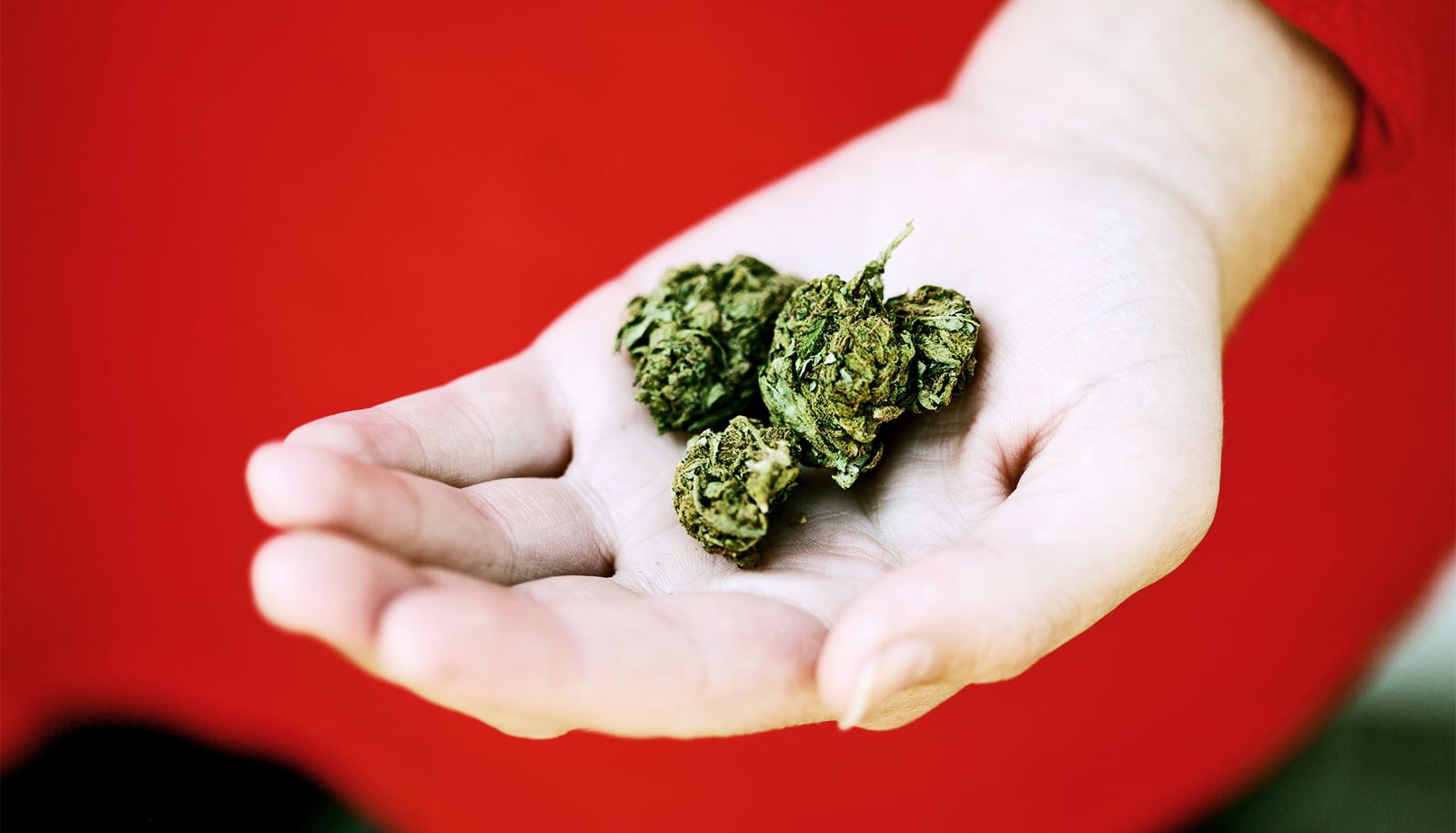Earmarking state taxes on recreational sales of marijuana is an underused strategy for financing mobile psychiatric crisis units, the National Suicide Prevention Lifeline, and more, new research shows.
When buying alcohol, tobacco, or gasoline, US consumers pay excise taxes, or levies on specific products above and beyond a sales tax. Governments sometimes put these taxes in place to offset the societal problems caused by consuming the goods—for instance, by earmarking alcohol and tobacco taxes to pay for substance use prevention and treatment.
Now, new excise taxes are being added to the sale of recreational marijuana as it is legalized in a growing number of states—and they generated more than $3 billion in revenue in 2021 alone.
Public health advocates have argued that decriminalization can help foster equitable communities by eliminating racial and ethnic disparities in drug arrests. But with marijuana still illegal at the federal level, which has blocked most scholars from studying it, research on the drug’s health effects—including potential benefits—is still in its nascency. Even so, a growing body of evidence points to a link between frequent marijuana use and an increased risk for certain mental health issues, particularly psychosis.
Could earmarking recreational marijuana taxes for investments in mental health offset the potential health consequences of marijuana legalization, while retaining its benefits to communities?
“If more and more states are passing recreational marijuana laws and adding excise taxes, then it would make sense that at least some of this is earmarked for mental health,” says Jonathan Purtle, an associate professor of public health policy and management at New York University and the author of a new JAMA Health Forum paper arguing that the earmarked taxes have the potential to help millions.
Here, Purtle details a vision for how this new revenue stream could bolster mental health services that have long been underfunded:
How are marijuana taxes currently spent by states?
Right now, most states don’t earmark marijuana tax revenue for mental health. Just six states—Connecticut, Illinois, Montana, New York, Oregon, and Washington—mention mental health in their recreational marijuana tax codes, but only in combination with substance use, providing no guarantee that any revenue will be spent on mental health in addition to substance use services.
Marijuana taxes are also earmarked for a hodgepodge of other things. Sometimes it’s good from a public health perspective, like earmarking for education. A number of states, including New York and New Jersey, are focusing on reinvestment in communities that have been disproportionately impacted by the criminalization of marijuana, which could improve the structural determinants of mental health in those communities. But some states earmark marijuana tax revenue for unrelated causes like transportation, conservation, or a general fund that can be used for any purpose.
How much could earmarked marijuana taxes increase access to mental health care?
In our paper in JAMA Health Forum, we share a hypothetical scenario—what if 25% of a state’s recreational marijuana tax revenue was earmarked for mental health? What would that spending look like, and how many additional people could be served?
We calculated how much this revenue would add to the state’s existing mental health budget and how many people could be helped with three crisis mental health services: mobile psychiatric crisis units, which often respond instead of police when someone is having a psychotic episode; coordinated care for patients experiencing their first episode of psychosis; and the National Suicide Prevention Lifeline. These critical services are often serving people experiencing psychosis, but they generally lack sufficient funding.
We found that earmarking a quarter of marijuana tax revenue is not nominal—it’s a lot of money, and could help a lot of people. In Washington state, for example, this would add $117 million a year to the state’s mental health budget, increasing it by an estimated 11%. If these funds were to be spread evenly across the three crisis services, it would pay for more than 14,000 mobile psychiatric crisis unit visits, nearly 17,000 could receive coordinated specialty care for a first episode of psychosis, and it would cover more than 476,000 calls, chats, or texts to the suicide hotline in one year alone.
New York legalized recreational marijuana in 2021, although sales have not yet begun. What could marijuana tax revenue look like in a state like New York?
The excise tax on recreational marijuana in New York state is projected to generate $350 million annually. If 25% of this revenue ($87,500,000) was evenly distributed for spending across the three types of mental health services that we focus on in our paper, it would equate to financing an additional 10,533 mobile psychiatric crisis unit visits, covering coordinated specialty care for first-episode psychosis program costs for an additional 12,552 patients, and an additional 355,335 calls, chats, or texts being handled through Suicide Prevention Lifeline call centers in the state.
Why is funding mental health care such a challenge?
Mental health care has been chronically underfunded. There’s a lack of parity with physical health care—an arbitrary divide between the body and the mind—which has resulted in low reimbursement rates and contributed to a huge workforce shortage.
Stigma has historically been a barrier to mental health care, but this barrier is being broken down by younger generations. I’m hopeful that with less stigma comes more stable financing for mental health care. I also think that there’s a potential moment here with COVID. As a colleague of mine says, if you don’t know someone struggling with mental health stuff right now, you probably don’t know enough people.
That’s why I’m interested in the potential of earmarking taxes for something like recreational marijuana. It could provide stable funding, plus it’s local. A lot of mental health care is funded by the federal government, but this gives localities and states the ability to take matters into their own hands and generate their own revenue.
Source: New York University



